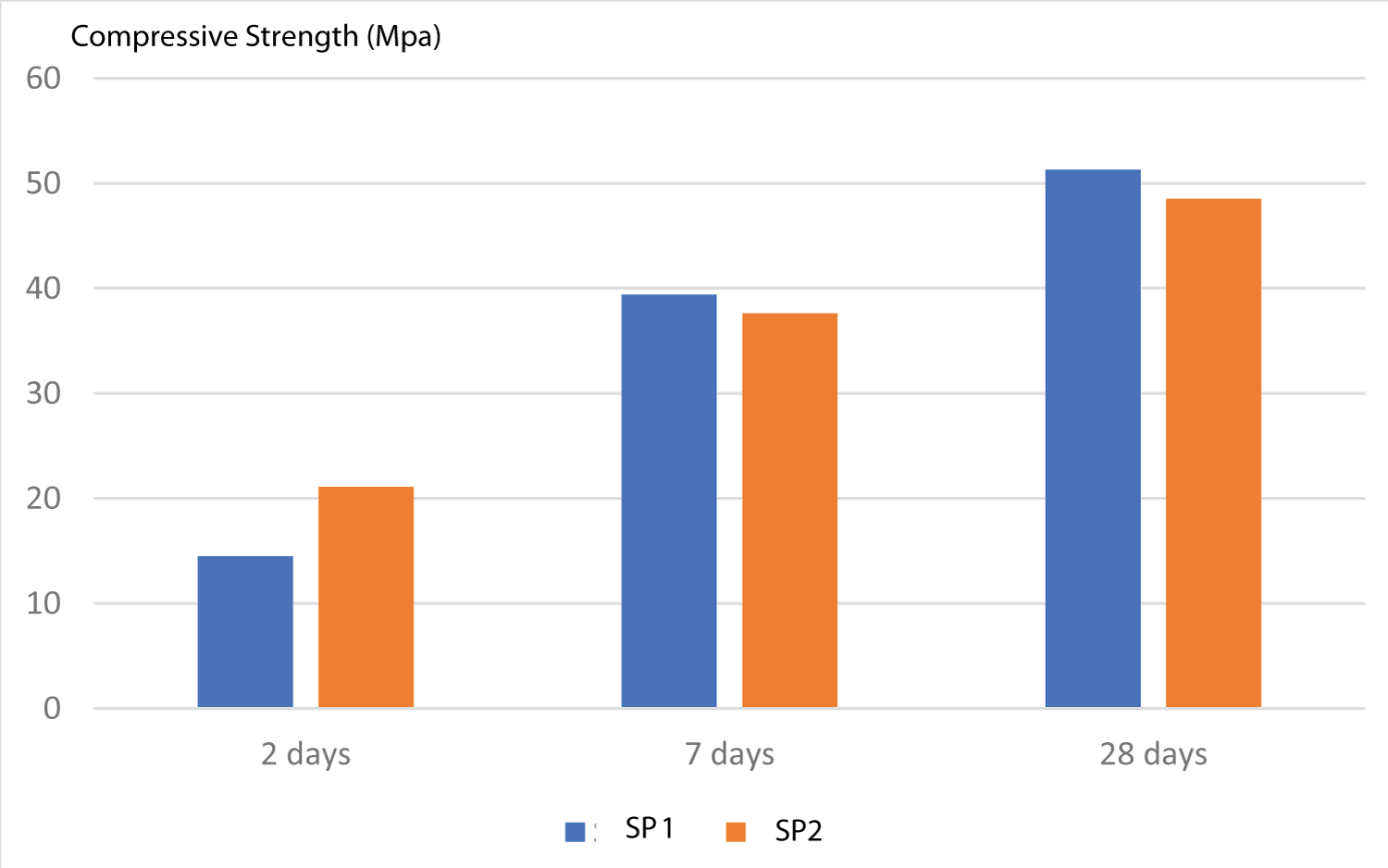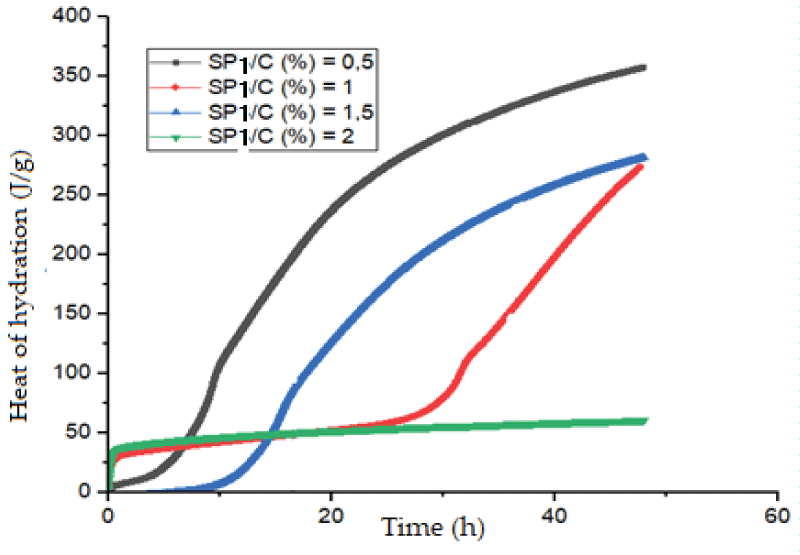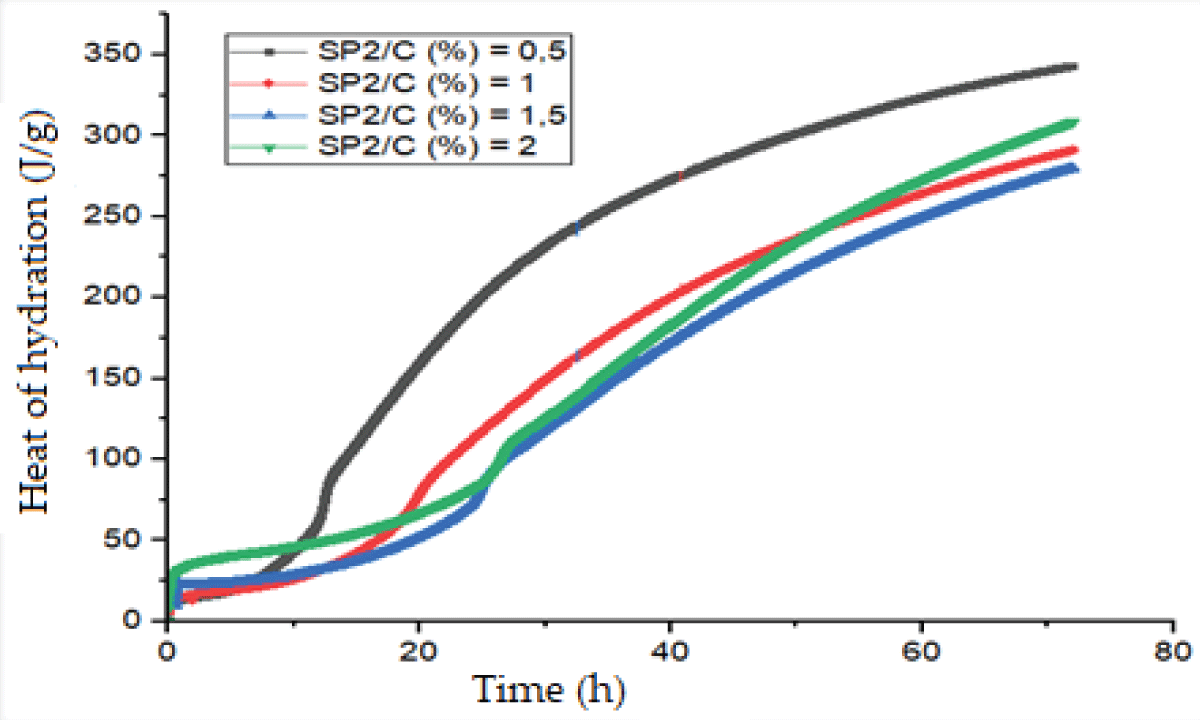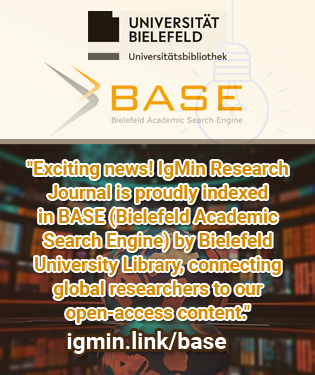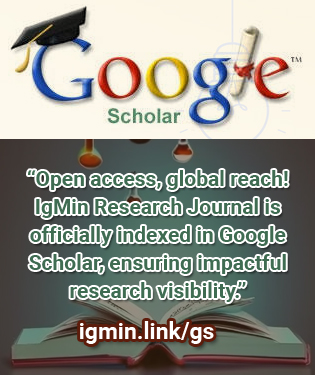Abstract
The use of polycarboxylate ether superplasticizer PCE in the preparation of mortars and concretes influences the hydration kinetics and the amount of total heat released. This leads to a modification of certain properties of the mortar, namely workability, calorimetry and mechanical resistance. In this study two ether polycarboxylate superplasticizers with different chemical structures were used; they were incorporated at different dosages into a standardized cement-based mortar. The objective of this work is to study the effectiveness of these superplasticizers and to select the most compatible product with cement and the most suitable for use according to the climates of the country. The impact of superplasticizers on fresh cement was studied by measuring the Marsh cone flow time and calorimetric measurement. In the hardened state, the mechanical properties were provided by measuring the compressive strength. The results show that low dosages of ether polycarboxylate superplasticizer promote grain hydration and produce more heat. On the other hand, high dosages delay the contact of the cement grains with the mixing water and cause a reduction in the final heat released and a delay in setting. The ether polycarboxylate superplasticizer with high carboxylic density gives the best mechanical resistance compressive at 7 and 28 days.




